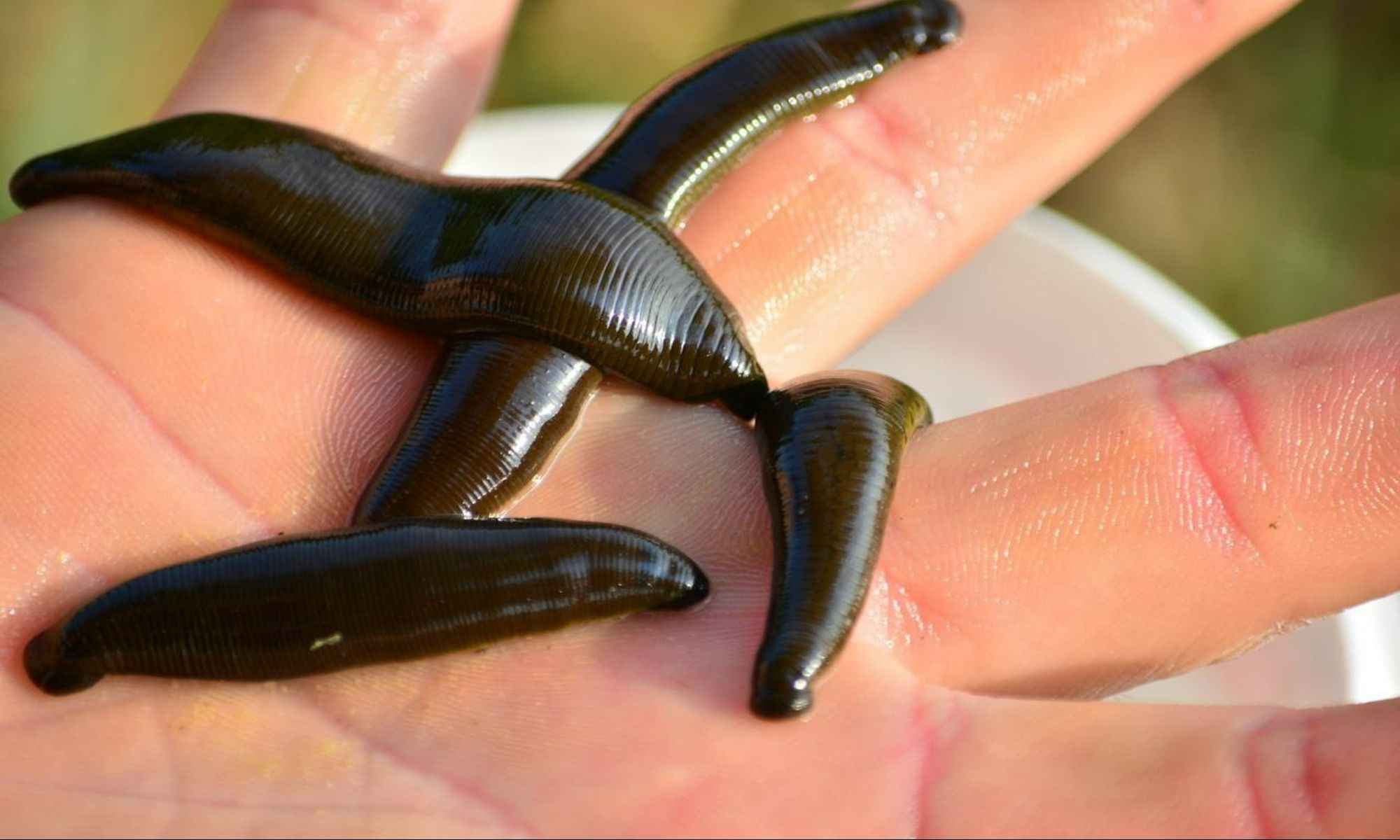How to Fly Fish with Leech Patterns
Here are some tips and what you need to know about how to use leech patterns when you're fly fishing.

Have you experienced going to a fishing spot you anticipate will give you great action, but fish aren’t biting because it’s windy and the weather isn’t right? Or are the fish too deep and not biting at all? This is where big leech patterns come in handy for fly fishing. When your fly line is tied with rabbit or marabou fur, the lure's leech imitation movement makes it irresistible to fish. The live version of the bait or lure is also present throughout the open water season, making them an important food source for whatever fish you’re targeting. Their constant presence produces a terrific searching pattern.

Most fly fishers will have a go-to leech pattern imitation they will employ that they know will have them reeling in fish in no time. You can fly fish leech patterns on both rivers and lakes from various methods. Many fish take to these baits or lures because these patterns are versatile, practical, and impressionistic. This results in leech patterns for several reasons why fish are enticed by them when presented. In this guide, leech patterns are further explained to gauge which one suits your angling style.
Why Use Leeches and Leech Patterns?
Generally speaking, leech patterns are amazing if you aim to catch fish like trout and similar species. They are a vital food source for these fish because they are present all year in the water. Leeches’ constant availability makes for a great-searching pattern because fish will be familiar with their movements. They are also beneficial in seasons when insects and other forage are scarce. A leech also has a single fishable life cycle, which other insect lures do not have. Having a variety of leeches in different sizes (like a micro leech) and colors can be beneficial because it gives you the best chance of matching the specific character that the fish are looking for at any given time.

Leech Behavior and Movement
Leeches belong to the Phylum Annelida family, including other worm-type animals such as earthworms and marine worms. You will find that most leeches are one to four inches long, but they can grow up to six inches or more. Leeches are sensitive to light, so you’ll most likely find them in deeper waters during the daytime and in shallower areas at nighttime. If the day is exceptionally bright, they go into hiding.
They are described as scavengers who hunt for food along the bottom of a lake or river. They move in a curved, undulating motion by elongating and contracting their bodies when they swim. Though their movement poses as confident, leeches are not the fastest swimmers. Their action in terms of fly fishing is often copied using a slow retrieve with a weighted fly head. Regardless of style and speed of retrieval, the unbalanced pattern will always appear animated so fish can take notice.
Leeches will take advantage of a stream’s current to move from one place to another. You can find them coming out from under rocks and structures to drift along the current. Because of this, you can try and present a dead drifted leach pattern that will allow you to use them without actively fishing.
The organism can be active any day, but early morning and evening hours are when they’re most present.
Presenting Leech Patterns
To set up a leech fly, an angler must set up their fly rod or fly fishing gear with fly tying materials and fly tying tools. If you are able to set up your fly lines and get a hook eye rigged up with what you need, you can now try out presenting leech patterns.
If you want to use leech patterns while fly fishing in still water, present them near or at the bottom of a lake or river. In bright conditions, your fly should be introduced as deep as 25 feet. In duller conditions, your fly should be presented in the muddy bottoms of shallows, shoals, and drop-offs.

In freestones and tailwaters, leech patterns can be fished with a retrieve like a streamer with varying speeds or dead drifted like a nymph.
The two main ways of presenting leech patterns are:
1. Sinking Line Method
This method is used for depths that are 10 feet or more. Cast your line along drop-offs and let it settle to the bottom or near the bottom of the water. The fly should be done slowly using short and slow retrieves so that the leech’s swimming is imitated along the bottom.
2. Floating Line Method
For this method, you’ll need to use a floating line that has a long tippet or leader in shallow water. A quick presentation requires using a weighted fly, sinking tippet, or sinking dressing. Go for tippets from 3x to 6x and make sure enough are attached so that your fly gets to the bottom. Wait for the fly to settle at the bottom or near the bottom and then use slow pulls to retrieve, pausing every few seconds. When there are low light conditions, double your retrieve speed and keep your fly along the muddy bottoms or weed bed.
Leech Patterns and How to Fish Them
Here are some of the most effective and popular leech patterns to get you started:
1. Marabou Leech
This fly sets itself apart because its body is segmented, just like a real leech. Its characteristic aids in the production of the undulating motion in the water. This pattern can be tied with common colors like black, maroon, gray, olive, and brown. This type of fly creates plenty of action that works well in environments like ponds, lakes, and streams with slow-moving water. You can pair it well with a sinking tip and a short strike with the pattern.
2. Woolly Bugger
This is a prevalent and versatile fly because of its marabou tail and body. When dragged across the current, it entices panfish, bass, salmon, trout, and other species. Some flies in the market today are enhanced by an added flash. This extra feature helps catch the eye of fish. This pattern can be used in deep waters with weight or in shallow areas. Fishing with the Woolly Bugger should be done slowly or subtly because its design already presents plenty of movement.
3. Bunny Leech
This can be used for any gamefish. The rabbit fur and a few strands of flash tied to the fly make predators go wild as it comes alive in the water. You can use this when you’re fishing in a current. It’s an ideal pattern to use in the spring or on sunny days. In cold water, use slow retrieves or dead drift. Get more aggressive with your stripping patterns in warmer water. You can also use the jerk-strip retrieve.
4. Slumpbuster
This was designed to look like a baitfish pattern though it also imitates leeches. When you strip it in or dead drift it, it presents similarly to a bunny leech. Its tail, wing, and color are all made of the same material, making it very durable. A great way to use this is with a random rig. It can be retrieved like a typical streamer or jerk-strip.
5. Egg-Sucking Leech
Steelhead anglers will find that this is the best one to use. The fly pops in the water because of the bright chenille around the eye of the hook. You can use it on a retrieve or dead drift pattern. A jig-retrieve pattern is also effective. This fly and pattern can be used year-round but are best utilized in the spring.
If you enjoy fly fishing, you should learn more about Leech patterns. So it’s hoped these basics have encouraged you to try leech patterns out.




